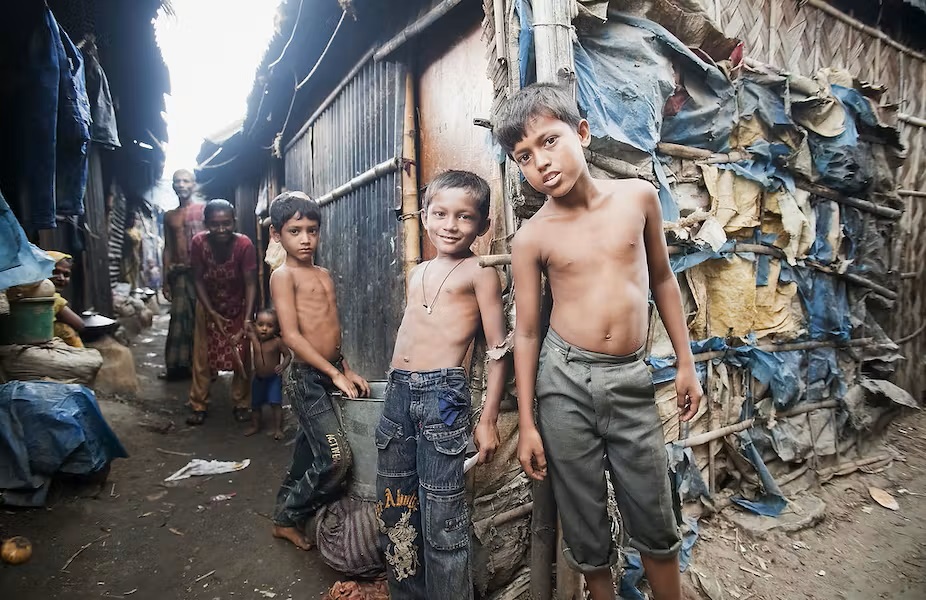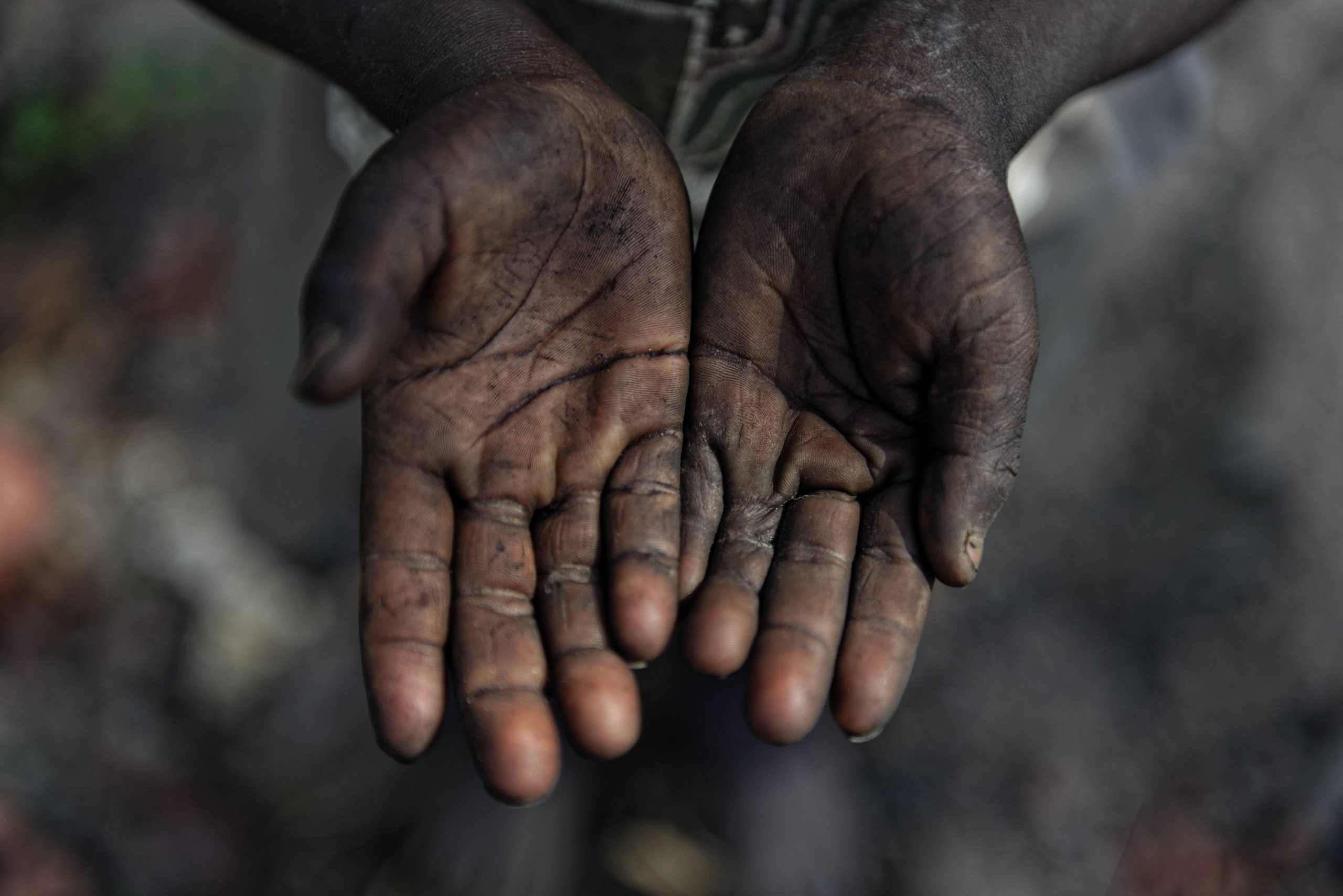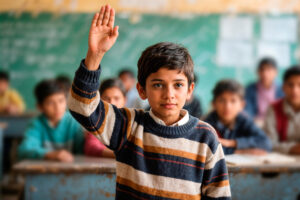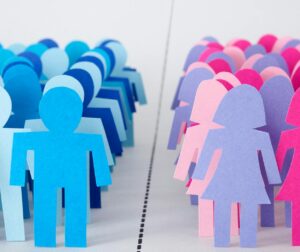In bustling urban landscapes, where skyscrapers touch the clouds and city lights never fade, there exists an invisible workforce that toils in the shadows, that is, the child laborers. This silent crisis often goes unnoticed amid the urban chaos, but it’s a stark reality that demands our attention. Child labor in urban spaces in Pakistan, is a pressing issue that not only compromises the well-being of these young minds but also reflects on the moral fabric of society.

Defining Child Labor
Child labor is not just a term; it represents a harsh reality that countless children face daily. The International Labor Organization (ILO) defines child labor as any work that deprives children of their childhood, interferes with their ability to attend regular schools, and is mentally, physically, socially, or morally harmful. This definition encompasses a wide range of activities that exploit children, forcing them into premature adulthood.
Invisible Workforce in Cities
Urban areas, often considered symbols of progress and prosperity, hide a dark secret, which is the presence of an invisible child workforce. These children engage in various forms of labor, from scavenging garbage dumps to working in hazardous conditions, such as factories and construction sites. Their contributions are crucial to sustaining urban life, yet they remain largely unnoticed.
Factors Leading to Child Labor in Urban Spaces
Several factors contribute to the prevalence of child labor in urban areas. Poverty is a primary driver, pushing families to rely on every available pair of hands for income. Lack of access to quality education is another major factor, as many children are denied the opportunity to attend school, forcing them into the workforce. Additionally, social norms and weak enforcement of child labor laws perpetuate this cycle of exploitation.
Impact on Education
One of the most devastating consequences of child labor is its impact on education. Many of these young minds are deprived of the chance to learn and grow in a nurturing environment. Instead, they are thrust into the demanding world of work, truncating their intellectual and emotional development. This not only hampers their prospects but also perpetuates the cycle of poverty.
Health and Well-being
Child labor takes a toll on the physical and mental well-being of these children. Working in hazardous conditions exposes them to health risks, including respiratory issues, injuries, and long-term health problems. Moreover, the emotional toll of early employment can lead to anxiety, depression, and a compromised sense of self-worth.
Addressing the Issue
To eradicate child labor in cities, a multi-pronged approach is necessary. Governments and non-governmental organizations must collaborate to strengthen child protection laws and enforce strict penalties for violators. Simultaneously, efforts should be made to address the root causes, such as poverty and a lack of access to education, through targeted interventions and community development programs.

The Way Forward
Child labor in urban spaces is a grave concern that demands immediate attention. It is a blot on the progress of our society and a violation of the basic rights of these young souls. By raising awareness, advocating for policy changes, and fostering community engagement, we can collectively work towards eliminating this invisible workforce and providing every child with the childhood they deserve. It’s time to make the invisible visible and create such cities where no child is left behind.
Disclaimer: Any opinions expressed in this blog do not necessarily reflect the opinions of CREDP. This content is meant for informational purposes only.






